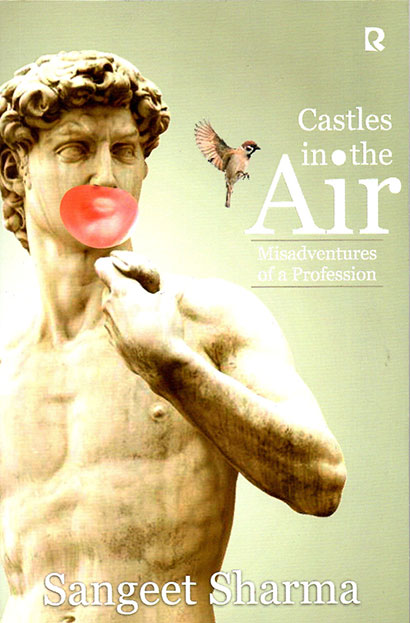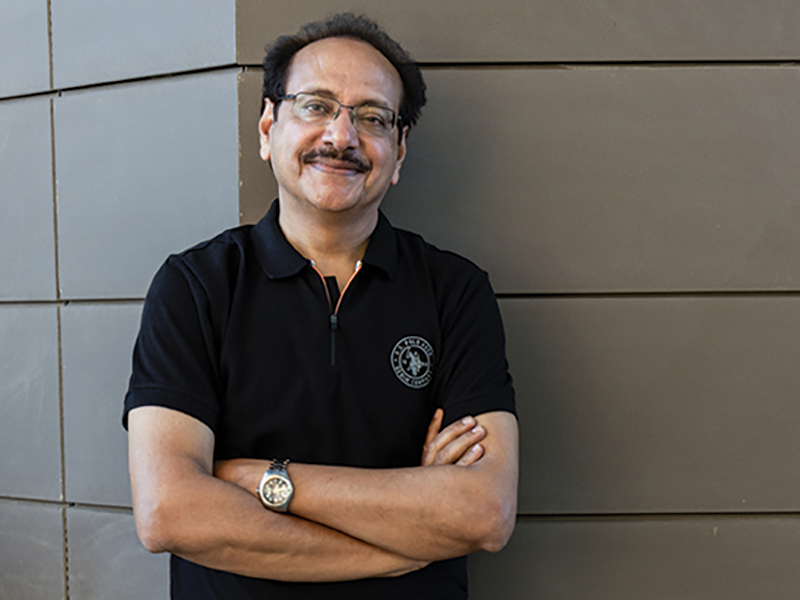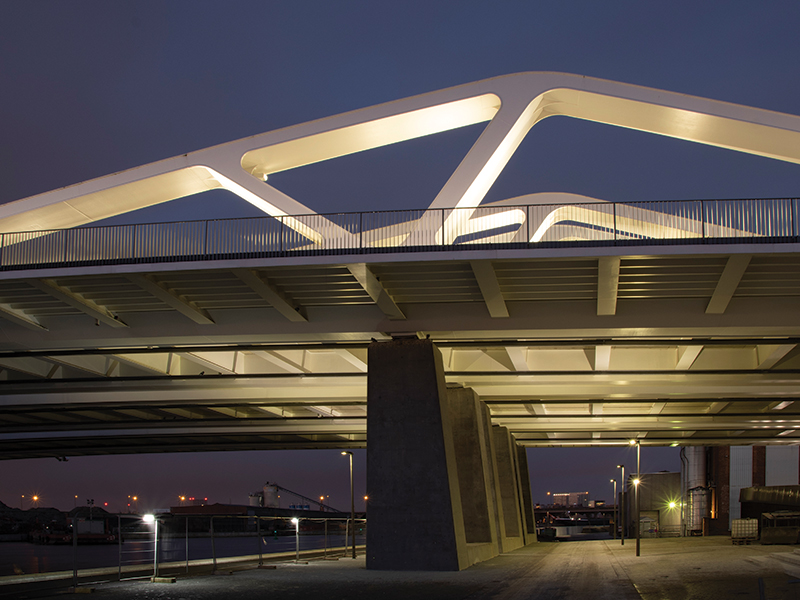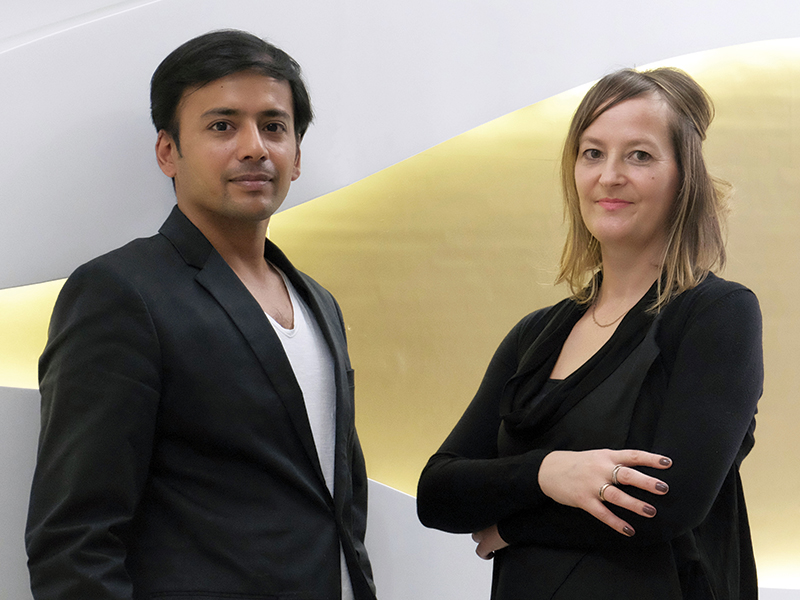
Publisher: Rumour
Pages: 234
Paperback
Excerpts
Laughter is said to be the best elixir and the book is a satire on architecture written by one who knows the bricks and concrete of the profession by heart. The author delves into the journey of a professional practice with wit and acerbic humor. Every scene unfolds like a screenplay, leaving the reader amazed with the brutalities of life in architecture, and life itself.
The book is not for architects alone; but also for clients, builders and contractors, craftsmen and the masons, services consultants and allied engineers, sculptors, painters, and artists, the students of architecture, and also for the lay readers. In fact, the book is also for those who are remotely connected with the building industry.
The book contains chapters like:
Amidst Admission Chaos, First Day of College, Art of Ragging, Life in a Hostel, The Immortal T-Square ,Canteen-Canteen ,Exams and Jury, Thesis—the Final Hurdle, Teaching Architecture ,House design—a Nightmare, Colleges and Council, Thing called Sustainability, Training Time, The Fountainhead Influence, Getting Work, Prime Contractor, The Dadcad Case, Evergreen Consultants, These Vendors, Estate Office, The Architect’s Agreement, A Typical Architect’s Office, Clients and their Fantasies, The Builders, Architects’ Meet, A family Affair, The Image of an Architect: An Epilogue
Excerpts
Architecture is one hell of a profession. It is undoubtedly one of the noblest. Building a roof and a shelter over man, Architecture provides joy in habitation. While Architecture is in itself a spiritual exercise, the practice of the same may not be. The pleasures and pains experienced by me and many others needed to be penned—I did it. The courage required to do so inspired me to lead, and I thought, this was the right path to spew the venom that my heart, and hearts of many others had stored for long. It was important to communicate and regale at it.”
Writing this book was necessary: Necessary, because the nature of this profession was on a somersault. It was important that someone bell the cat— I became the bell; and I became the cat. As Architecture is all about habitat and human comfort, the book is therefore; about life, and its challenges. What we learn in schools and what we practice are often in contradiction. Beginning from college days, to thesis, to opening of an office, procuring a job, interaction with the clients, payments, competitions, running of the office and bearing the challenges of the daily strain in Architecture—all these and more became the basis for this book.
Many contributed to the making of the framework of this narration:
My observant eyes, naughty banter at parties, agonized clients, skeptical builders and contractors, crafty fellow professionals, vindictive teachers, unprofessional colleges, unsupportive professional bodies, frivolous architects’ meets, conniving staff members, clueless government officers, sadistic engineers and high-headed bureaucrats, flawed architectural agreements, uninterested students, unconcerned hostel wardens, aggressive principals, brutal seniors, scheming invigilators, heartless examiners, nagging wives, incompatible professional families, interfering patrons, egoistic couples, partial journalists and opportunistic vendors formed fodder for this book.

Excerpts from the chapter “Image of an Architect”:
We have an atrocious public image.
We have made a mockery of us by our conduct and inadequacies by our illogical and frivolous ideas. We are the ‘jack of all and master of none’. Even the naive bar-bender at a residential site, who is adequately experienced, can scorn at our half-baked sparse knowledge. We ultimately succumb to the acquired skill of carpenters, plumbers, electricians and the mistris at the sites.
None of our Pierre Cardin blazers, Boss suits, and the Queen’s English we mastered while pursuing higher studies in vague universities abroad can conceal our inadequacies. The people who hire us do so for the content, and not for shoddy planning that we end up doing. We procure more work than we can handle and render all clients unhappy.
No amount of delegation can bring in the satisfaction of the client who wishes to interact only with the principal architect, in whom he has devoted his money and faith. Our image in the public is not at par with that of doctors, lawyers or other professionals because we have not proved to the society that we are indispensable.
Thank God that there does not exist a strict intellectual copyright act in this country, most of us would be in jails for plagiarism, for the designs, published papers, thesis and photographs that we all use surreptitiously. We cajole the teachers in the colleges to ‘pass on’ the training reports of the students who have worked with other known architects for our benefit. We do not even spare the staff, we blackmail them to part with the data of their previous employers, saving us a lot of free working drawings and details.
We save money by using hostellers and students for us to work after college hours, thereby, providing unprofessional work to the clients. We destroy our reputation. We hanker for fame and can do anything to be published, rewarded or awarded. The hunger for glory can bring out the worst in us, and we can stamp on the heads of our well-wishers, fellow professionals, colleagues, and seniors, whenever opportunity beckons. The goal is to be a ‘reputed architect’ and for this, we are ruthless and unforgiving. We are the most ungrateful of the all the professions combined in the industry.
We are ungrateful to our fraternity, ungrateful to our profession and ungrateful to the opportunities. We rarely acknowledge or use the word thank you and instead snub all those who actually facilitated us to obtain a project or a favor that helped us in our private practice. We are scoundrels and love to be in that state until the end of our lives.
No,
Wait
I have been, all along, talking about us—the architects, and not Architecture.
The profession of Architecture is pure, sublime and noble and has been all through history. Architects in history have sacrificed their personal name and glory and promoted the names of the kings and the wealthy clients who funded the project or had the ambition to build something extraordinary to announce their victory and achievements.
Very few know the names of the architects of the great Pyramids, Taj Mahal, Coliseum, Pantheon, Vatican city and other glorious victory towers and monuments. On the contrary, the hands of the people who built the Taj and most probably also of the architect were chopped off by the emperor after the ‘monument of love’ was completed.
The architect, in the pages of history has been protecting emperors by making them forts. They granted the kings and other nobles, pleasurable life, by building palaces and landscaping gardens with flowing waters and imbuing their empires with that sense of fulfillment. Architects planned victory towers, when the kings and their armies returned home after conquering the enemy. The architect has been instrumental in changing the skylines of the cities and improving the quality of life all around—both habitable and visual.
But the enigma around the architect is unperceivable.
Generally considered as a money-laundering professional, rarely has the architect had the opportunity to see on ground what his mind envisioned. It takes a lifetime to assemble a good building, a magnificent space where people would pause and listen, hear and believe what an architect might have to say. If traveling to Coliseum would mean paying a handsome amount to look just at the ruins, there must be something true in Architecture. Architects build civilisations, not just buildings. Every country, city or state is recognised by its Architecture that becomes the emblem of that country—not food, people or clothes.
If Burj Al Arab is the emblem of Dubai, the Sydney Opera House is of Sydney. Eiffel Tower, Taj Mahal, Pyramids, Hanging garden of Babylon, the blue Mosque in Turkey, various squares in European countries are the soul of their nations. What would a country be if there were no iconic structures and monuments to flaunt? Whether it is gloom or glory, death or destiny, devastation or diversity, food or famine, love or luck, war and more war, peace and abundance—it is all represented through the impressionable profession of Architecture.
The architect is probably the lowest-paid professional with the highest responsibilities. There is no rewind button in this profession, the first time being the last time. There is no question of trials involved. ‘I tried’ is a term which can be used by a surgeon or a lawyer, but the architectural profession has no alibi. Whether the architects are ‘born’ or ‘created’ is a continuous debate. Whether Architecture is art or science—it continues to amaze. Architecture is truly supreme and undisputed. Architecture is called ‘frozen poetry’; poetry, being called as frozen Architecture is unheard of.
If the Prime Minister took the country to prosperity, he is referred to as ‘the architect’ of the modern era, who ushered the country to greater heights. Nobody has ever said that the Prime Minister was the ‘doctor’ or ‘lawyer’ of the modern era. The architect is here to stay.
His proper position and necessity in society is being understood. Moving away from the forts and the palaces, architects have moved into the homes and hearts of the people. Whether it is for sanctioning the plans from the local bodies is required or a restaurant owner has committed certain blunders in the air conditioning ducts, the architect is required. When the doctors have taken ridiculous decisions of concealing the pipes or even when the principal of the school has missed to construct the fire escape, the need of the architect is imminent.
The importance of an architect is always held in abeyance. Required or not required for designing the project, fleeting or fleecing, constructive or destructive, auspicious or impudent, Architecture and the architect will always remain on the edge of being liked or disliked. It is true that Architecture flourishes under prosperity and in peacetime, and this is the message of Architecture to flourish, let the world prosper and live in peace.
Like religion, that has survived the vagaries of time, Architecture will always be higher than its ‘practice’. In fact, Architecture is a religion in itself. It is unblemished, unaltered, unaffected and pure because it is akin to Godliness. God is god because he has the ability to create.
An architect is a reflection of God. The feeling of fulfillment is far greater than the feeling of achievement in Architecture. The difference between the two is only to the extent of spiritual satisfaction.
We are immortalised along with our buildings.
Buildings can degrade us forever or commemorate us. Architects are not considered superior human beings but they are superior human beings because of their training, the nature of work, expression, production and the power of creativity.
We build sculptures, but have people living in them. We make paintings, but bring in fresh air and light in them. Architecture is not simply two-dimensional pictures hung on the walls; these paintings are three dimensional, pulsating with life and populace.
We use colours not just to brighten walls but lives too. Yes, our work is also poetry with its rhyme, rhythm and of course reason. This meter brings joy and happiness to the people who inhabit our piece of Architecture.
We create music. The harmony and the chords bring peace and give meaning to the living. This musical score transcends the architect who builds and the people who live in the buildings. We assemble, and are responsible to carry forward all glorious arts and sciences.
We carry on our shoulders the ‘Mother of all arts’.
This is Architecture.









